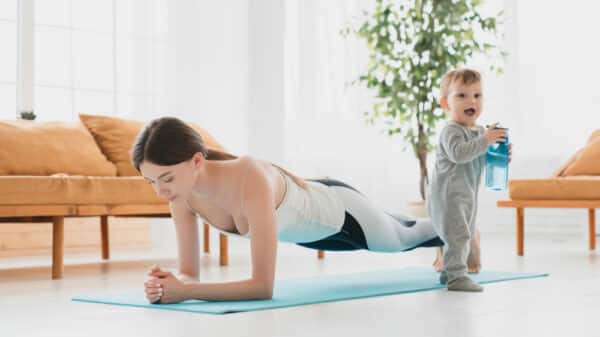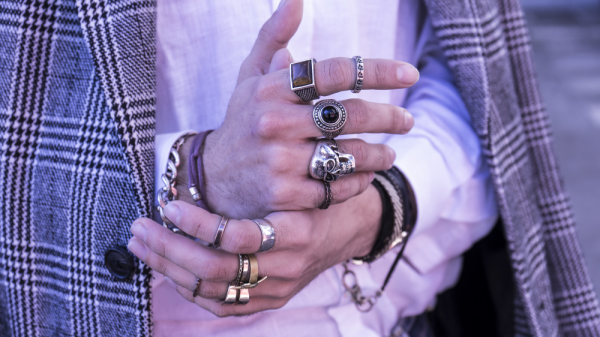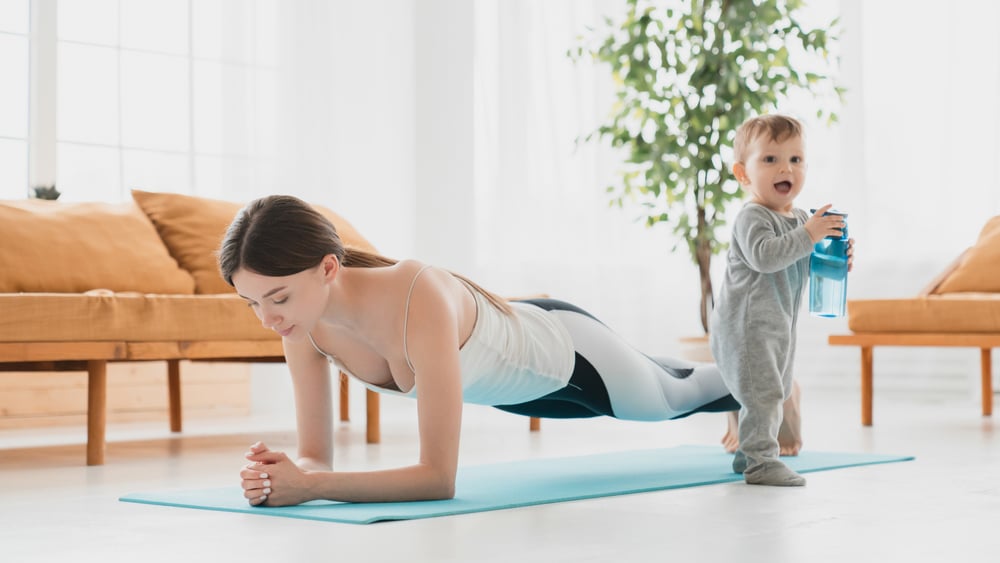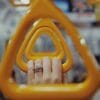You’ve probably encountered the term Pilates (pronounced pill-LAH-tease) at some point in recent years. But what does it really mean?
The Beginnings of Pilates – Early 20th Century
Pilates is a method of physical exercise that originated from the work of Joseph Pilates in the early 20th century, particularly during World War I. A German national, Pilates found himself in an internment camp in England, where he created a collection of floor exercises designed to strengthen his body and those of other detainees to recover from injuries. Out of necessity, he utilized whatever items were available, such as bed springs, to aid in building physical strength.
After the conclusion of the war, Pilates relocated to New York City, where he, along with his wife Clara, formalized the Pilates method, which included the development of specialized exercise apparatus.
Pilates in Modern Times
In the contemporary world, Pilates is practiced globally to enhance muscle strength, promote healing from injuries, and improve respiratory functions.
Understanding Clinical Pilates
Typically, Pilates classes are led by instructors trained in Pilates methodologies. In contrast, Clinical Pilates is taught by professionals who hold qualifications as both Pilates instructors and physiotherapists, offering a comprehensive insight into bodily functions, injury mechanics, and recovery processes.
Clinical Pilates serves athletes wishing to expedite their recovery from injuries as well as everyday individuals aiming to enhance muscle tone, strength, flexibility, spinal mobility, bone density, and refine their performance in activities such as dance or golf.
Exploring Postnatal Pilates
Commonly referred to as “mums and bubs classes,” Postnatal Pilates comprises exercises uniquely tailored for women who have recently given birth.
This form of Pilates effectively enhances core stability while also reinforcing the pelvic floor, upper body, and lower body—areas that endure significant strain during pregnancy and childbirth.
Classes cater to groups of mothers, with babies and older children welcome to participate.
The Postnatal Pilates sessions at Propel Physiotherapy, led by Aileen—who is not only a qualified physiotherapist but also a mom—ensure that exercises are adapted to accommodate the individual experiences and physical changes that come with motherhood.
Image Source: Inside Creative House @ Shutterstock























